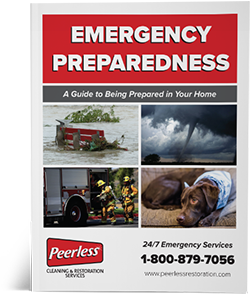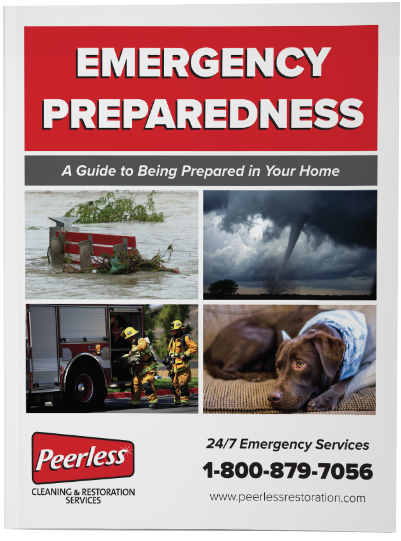Safety Tip – Fire Extinguishers in the Home
You just finished dinner and are stuffed full from a wonderful home cooked meal.
But wait! What’s that smell?
Smells like… like… like something is burning.
FIRE!
You forgot about the rolls that were left in the oven and now there is an inferno of dancing flames coming from the oven door!
WHAT TO DO?!
Are you prepared for this moment?
Cooking fires are the number one cause of home fires and fire injuries. The National Fire Protection Association (NFPA) reports that 3 out of 10 house fires start in the kitchen. That makes sense. A lot of heat at high temperatures makes objects easily combustible. This is why it is recommended to keep a fire extinguisher in or near the kitchen area.
When choosing a fire extinguisher for your home there are a few things to look for. First of all, you want to make sure it is a good size. Your fire extinguisher should be large enough to handle a small fire in your home, but not so large that it is difficult to handle. You want to make sure it is a multi-purpose extinguisher that can handle almost any house fire situation. We recommend an ABC rated extinguisher. What does ABC mean?
- Class A: for ordinary combustible materials, paper, wood, and most plastics.
- Class B: for flammable or combustible liquids such as gasoline, kerosene, grease and oil.
- Class C: for electrical equipment – such as appliances, wiring, circuit breakers and outlets.
Once you have your fire extinguisher, you need to know how to operate it in case of an emergency. Thoroughly read the instructions that come with your extinguisher. For additional information, contact your local fire department or fire equipment distributor. Sometimes they offer free hands-on training. If you don’t take a training course, remember these few steps using the acronym PASS: Pull, Aim, Squeeze and Sweep.
- Pull the pin. Hold the extinguisher with the nozzle pointing away from you and release the locking mechanism.
- Aim low. Point the extinguisher at the base of the fire.
- Squeeze the lever slowly and evenly.
- Sweep the nozzle from side-to-side.
Now that you have your new fire extinguisher and know how to operate it, make sure to store it in a readily accessible area such as a kitchen cabinet. Remember, your fire extinguisher is a good first response to a fire in your home but be sure to call your local fire department and have a fire escape plan if the fire gets out of control.




